Is salicylic acid good for acne?
There has been a lot of debate on whether salicylic acid is good for acne. Some people say that it works wonders for their skin, while others find that it makes their acne worse. So, what is the truth?
Salicylic acid is a type of beta hydroxy acid (BHA) that is derived from the willow bark extract. It has been used for centuries to treat various ailments, including skincare. When applied topically, it penetrates deep into the pores and helps to break down sebum and dead skin cells. This can prevent clogged pores and reduce inflammation.
So, is salicylic acid good for acne? Let's explore more in the upcoming sections.
What Causes Acne?
Before we dive into whether salicylic acid is good for acne, it's important to understand what causes acne. Acne is a condition of the skin that occurs when the hair follicles get clogged with dead skin cells and oil. The plug can cause the follicle wall to break, allowing bacteria to enter and causing inflammation.
There are several factors that can contribute to the development of acne, including:
- Hormonal changes during puberty or pregnancy
- Menstrual cycles
- Greasy makeup or skincare products
- humid weather conditions
Acne can be a frustrating and embarrassing condition, but fortunately, there are treatments available. In recent years, salicylic acid has become a popular treatment for acne. But does it really work?
How does salicylic acid work on acne?
The Pink Foundry has introduced salicylic acid-induced Overnight Exfoliating AHA BHA Radiance Mask. It works by exfoliating the skin and unclogging the pores. It also has anti-inflammatory properties that can help to reduce redness and swelling. When used regularly, salicylic acid can help to control acne breakouts.
It contains a small amount of oil which dissolves sebum and dead skin cells. This can help to prevent clogged pores, one of the main causes of acne.
Salicylic acid is a keratolytic agent, meaning that it helps to break down the bonds between dead skin cells. This allows them to be shed more easily, preventing them from clogging the pores.
In order for salicylic acid to be effective, it needs to be used regularly and as directed by your dermatologist or skincare professional. You may need to use it daily for several weeks before you see results.
It is important to note that salicylic acid can make the skin more sensitive to sunlight, so it is important to use sunscreen when you are using products containing this ingredient.
Most over-the-counter (OTC) products contain 0.50% to two percent salicylic acid. These products are available in various forms, including gels, creams, lotions, pads, and soaps.
For best results, it is important to use salicylic acid as directed on the product label or as prescribed by your doctor. If you have acne spots, you can try our Overnight Acne Spot Corrector that contains salicylic acid. It can help you clarify the skin quickly and shrink the existing breakouts.
Be sure to wash your hands before and after applying the product. You should also avoid contact with the eyes, nose, and mouth.
If you experience any irritation, redness, or dryness, stop using the product and consult your doctor.
In most cases, salicylic acid is safe for use on the face and body. However, it can cause some side effects in some people. These include:
- Dry skin
- Mild irritation
- Redness
- Stinging
- Burning
- Itching
- Peeling skin
- Allergic reactions (rare)
If you experience any of these side effects, discontinue use and speak to your doctor. They may recommend another treatment option for you. So now that we know how salicylic acid works let's take a look at how to use it to treat acne.
How to Use Salicylic Acid to Treat Acne?
There are a few things to keep in mind when using salicylic acid to treat acne.
- Step 1: Cleanse your face with a gentle cleanser.
- Step 2: Apply the product to the areas of your face that are affected by acne.
- Step 3: Gently massage the product into your skin using circular motions.
- Step 4: Rinse your face with cool water and pat dry.
- Step 5: Repeat this process one to two times per day, as needed.
Make sure that you use good-quality products that are designed for use on acne-prone skin. Also, be sure to follow the directions on the product label.
If you have sensitive skin, you may want to start with a lower concentration of salicylic acid and work your way up to a higher concentration if needed. Be sure to speak to your dermatologist or skincare professional before using any new products on your skin.
Things to consider when buying salicylic acid products:
- The concentration of salicylic acid.
- Whether you have sensitive skin.
- The other ingredients in the product.
- How often do you need to use the product?
How long does salicylic acid take to work?
Most people will see a difference in their skin within two to four weeks of using salicylic acid products. However, some may see results sooner. If you don't see any improvement after four weeks, speak to your dermatologist or skincare professional about other treatment options.
Also read: Amazing Benefits of Salicylic Acid for your Skin
Conclusion
Salicylic acid is a common ingredient in many OTC acne treatments. It works by exfoliating the skin, unclogging the pores, and reducing inflammation. When used regularly, it can help to control acne breakouts. However, it is important to use salicylic acid as directed in order to avoid side effects. Speak to your doctor or skincare professional if you have any questions about how to use this product safely.

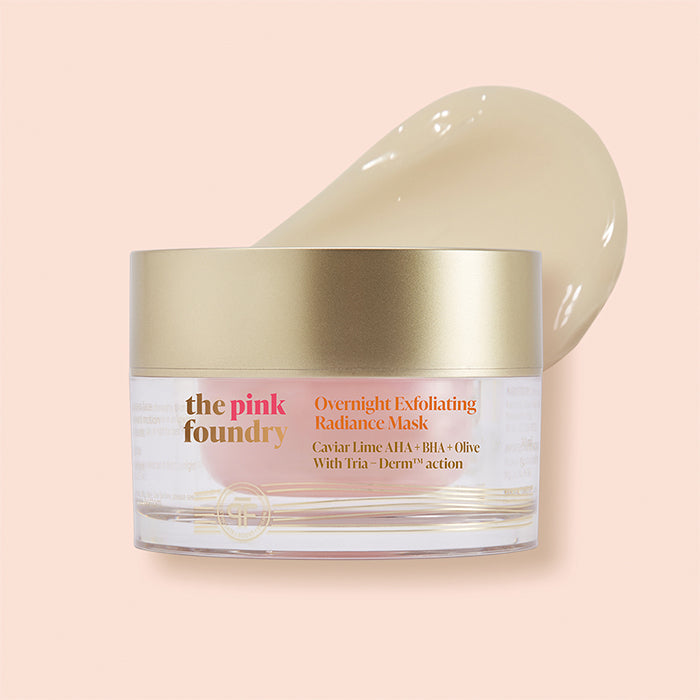

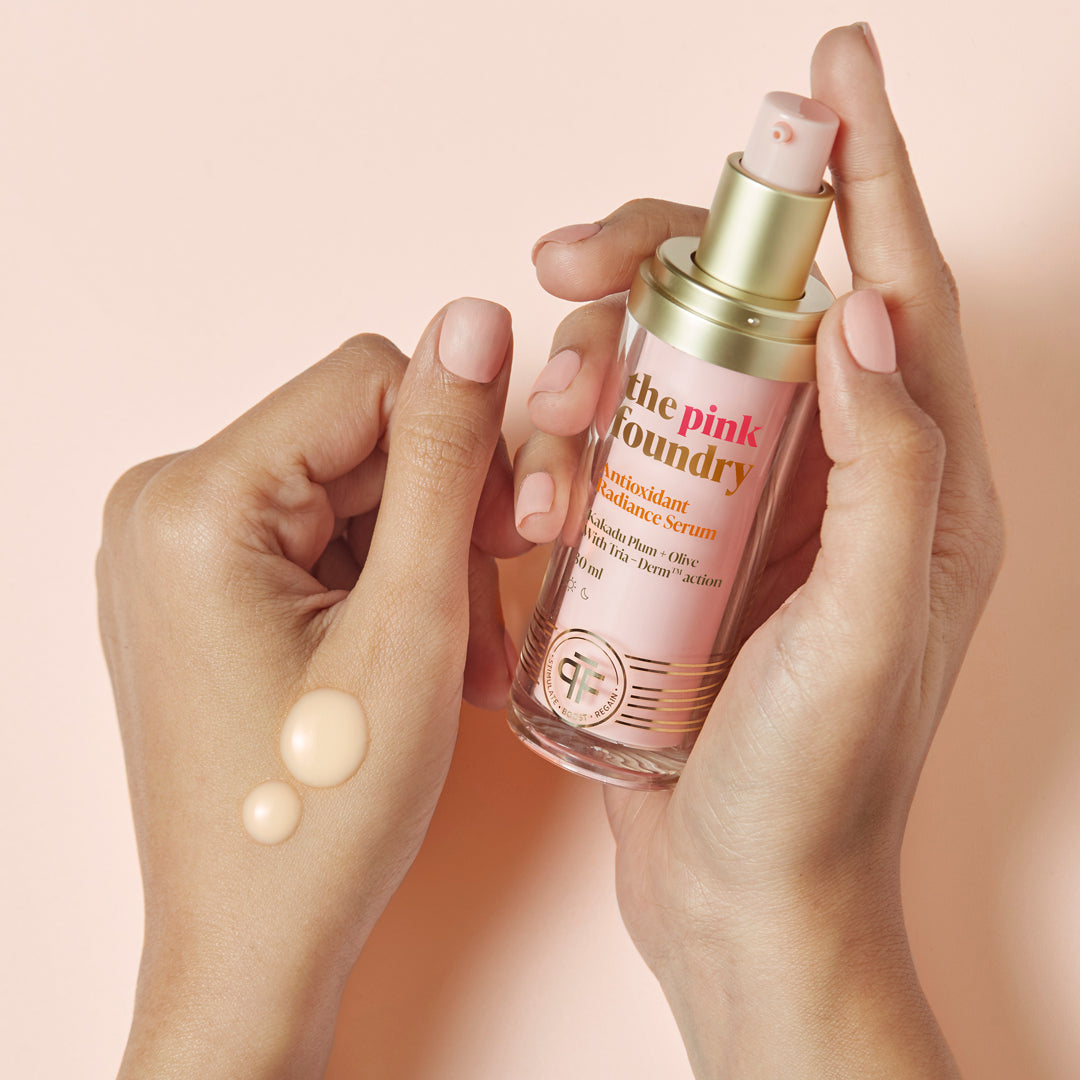

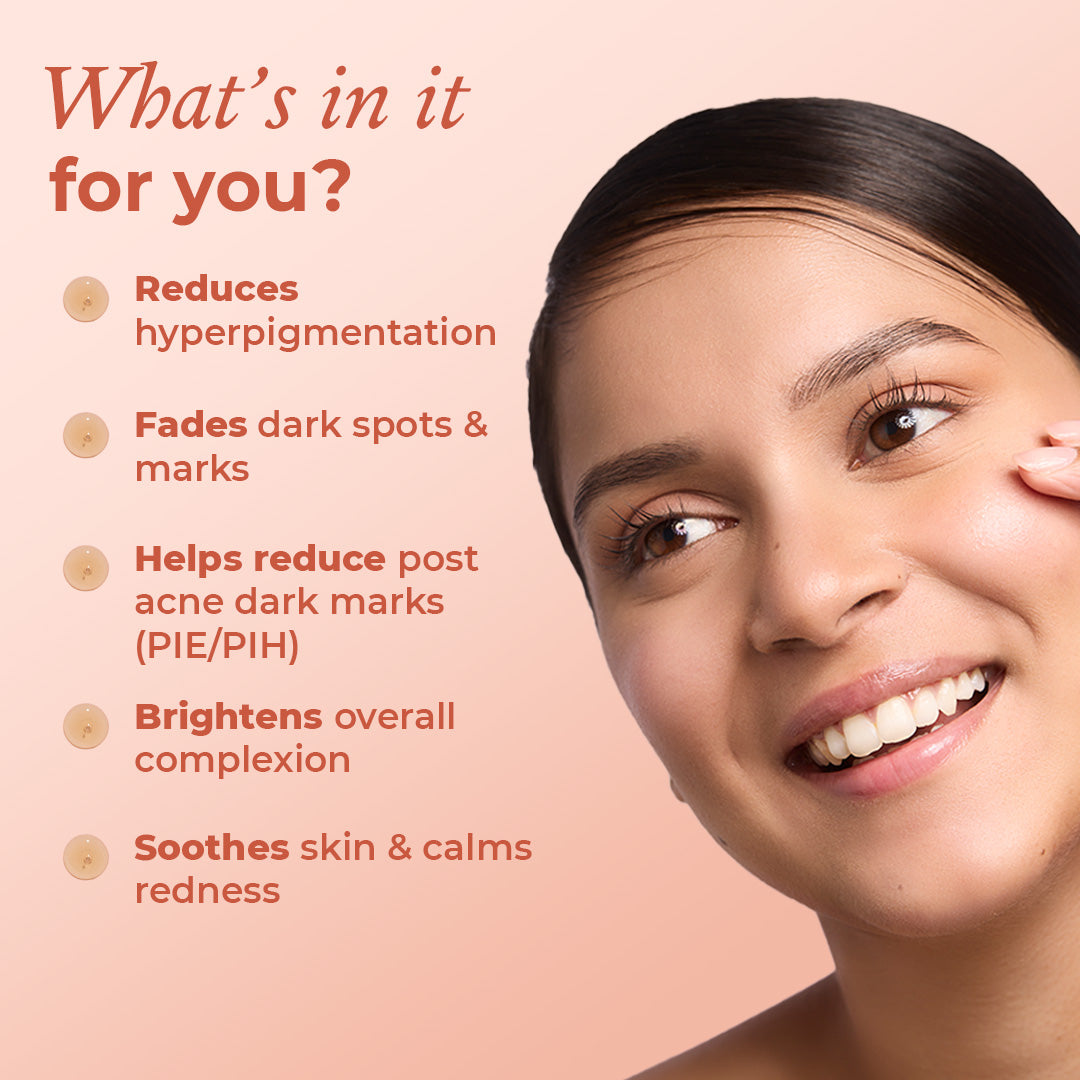


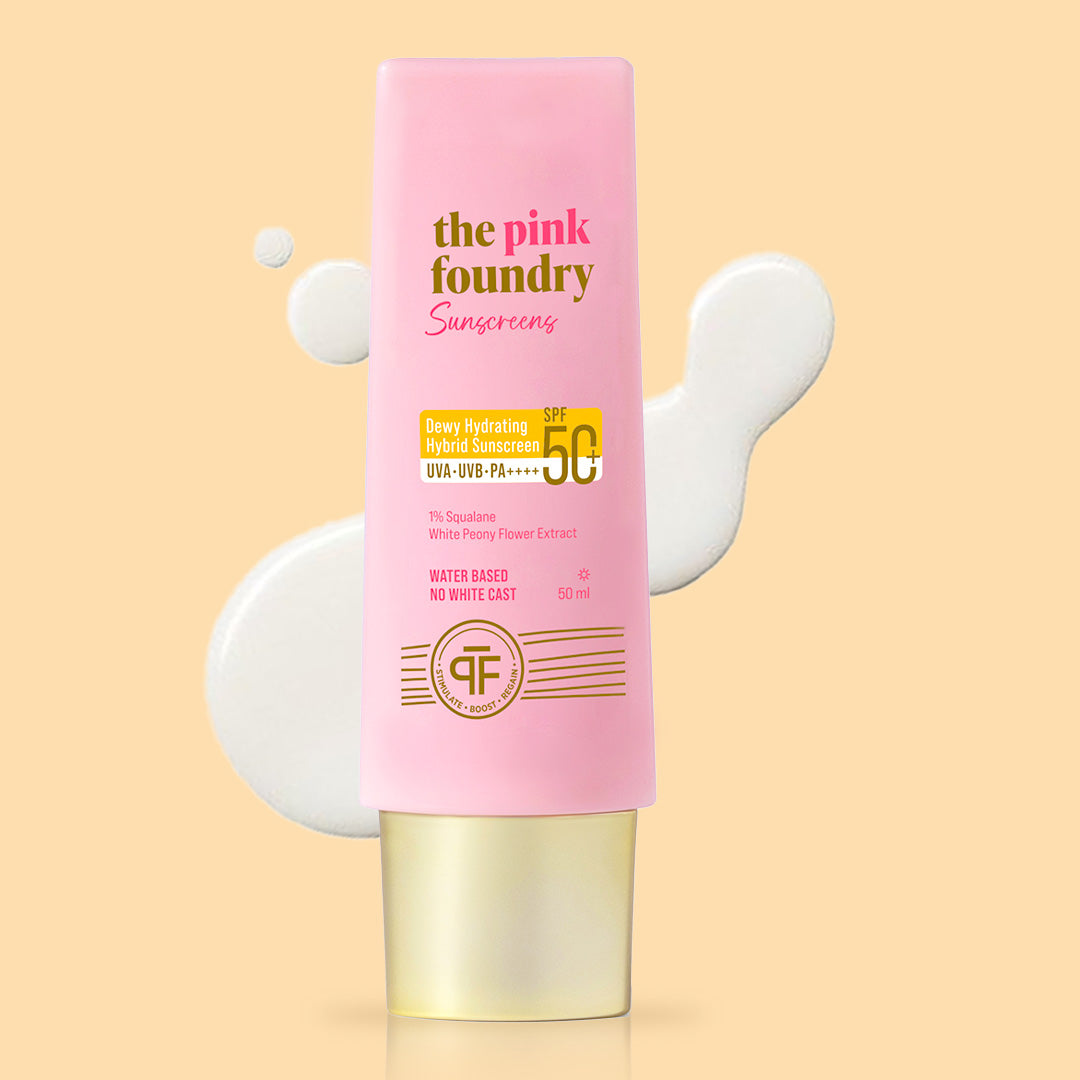
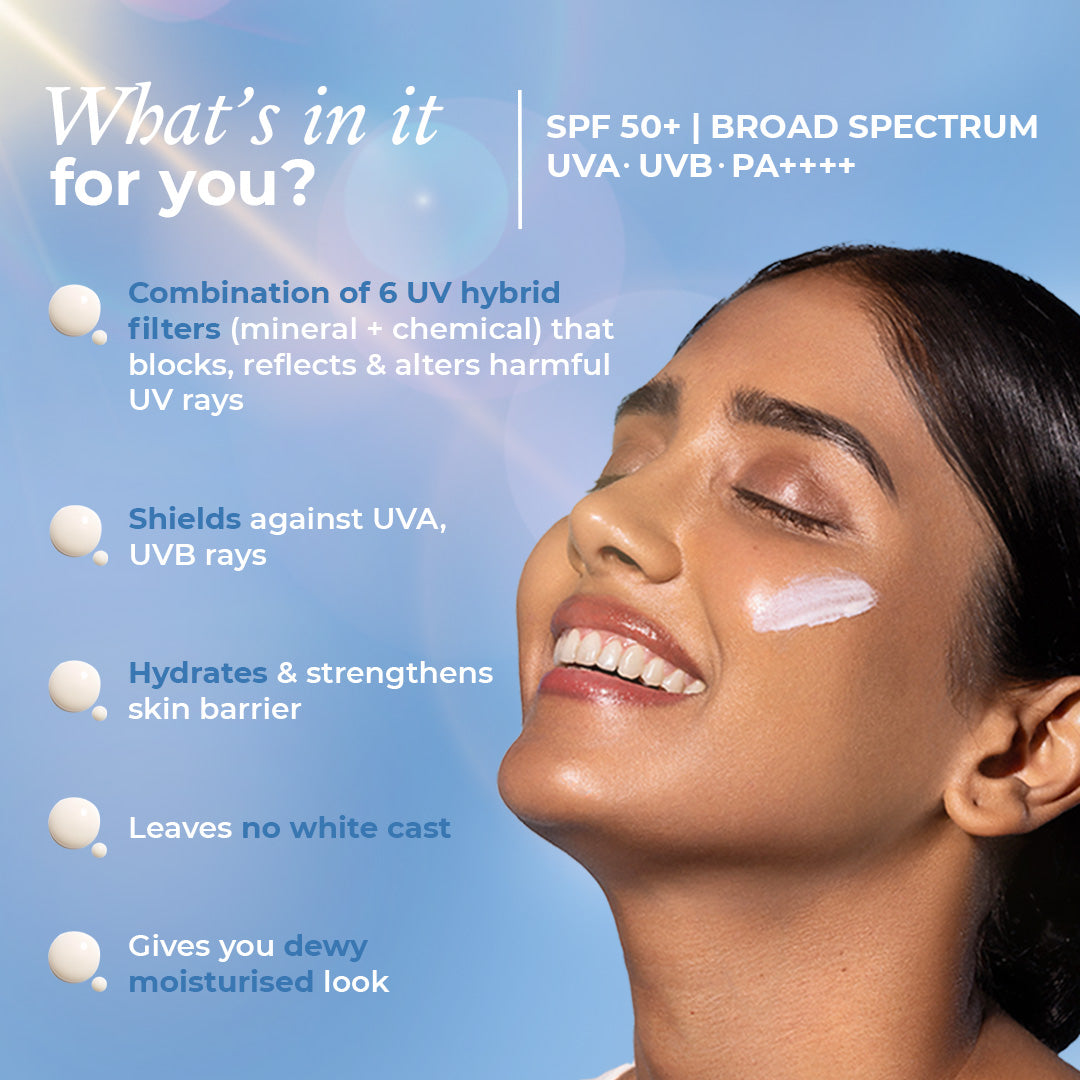
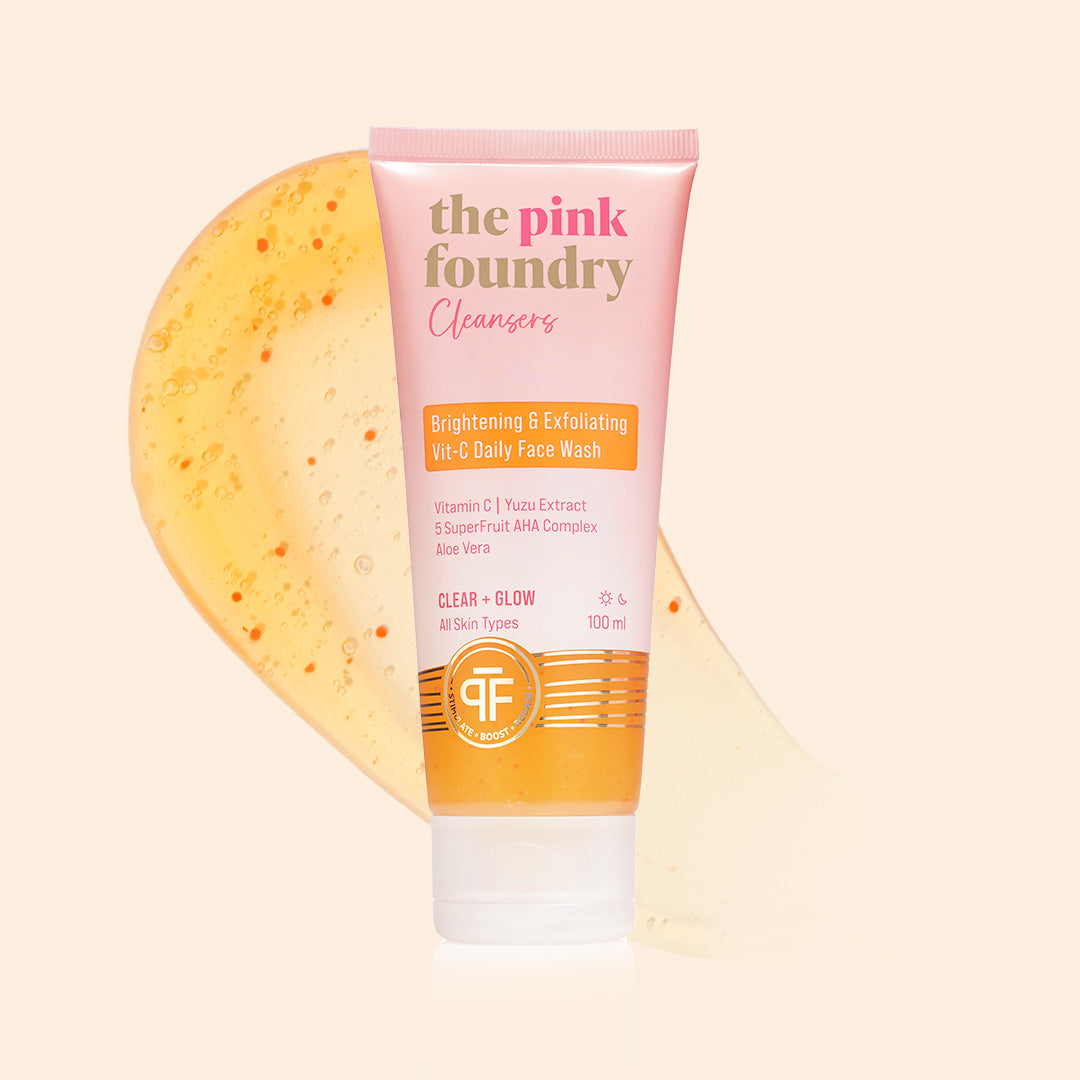
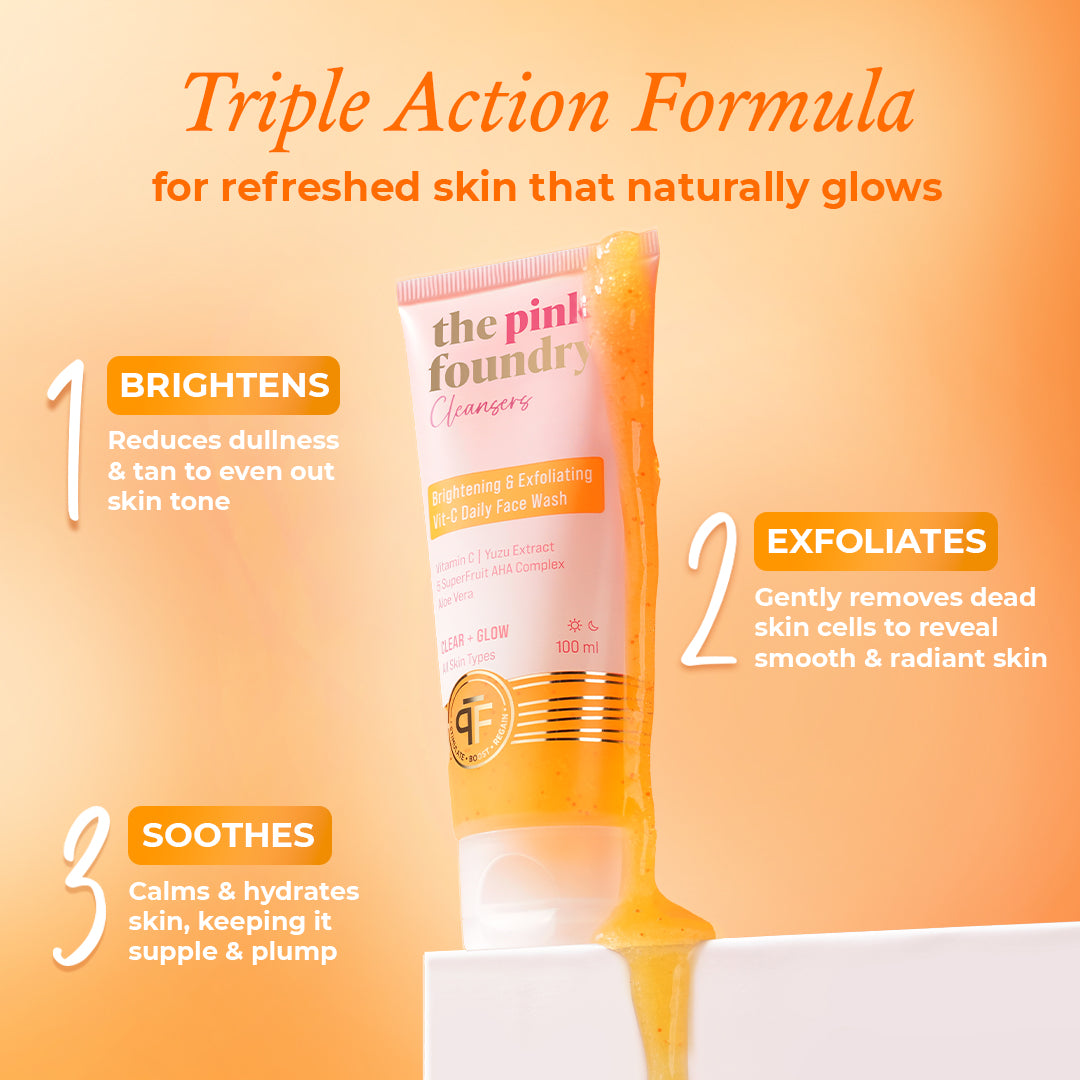
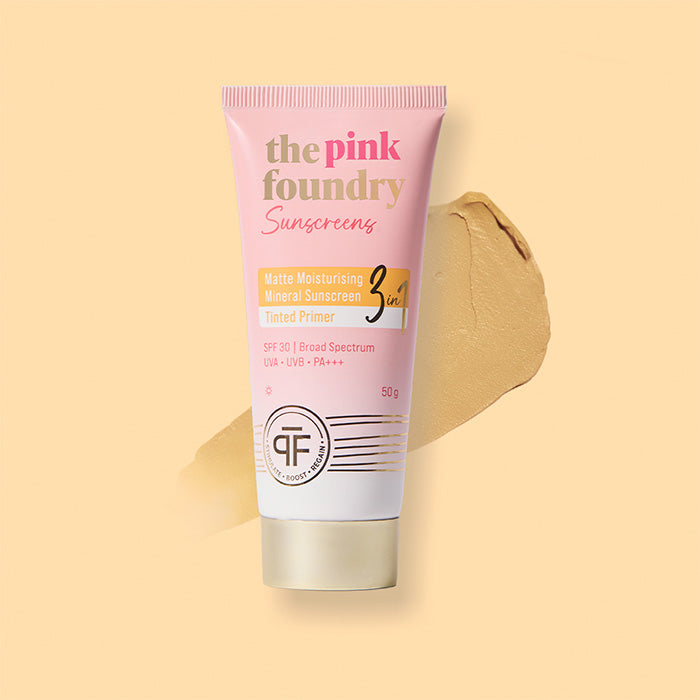
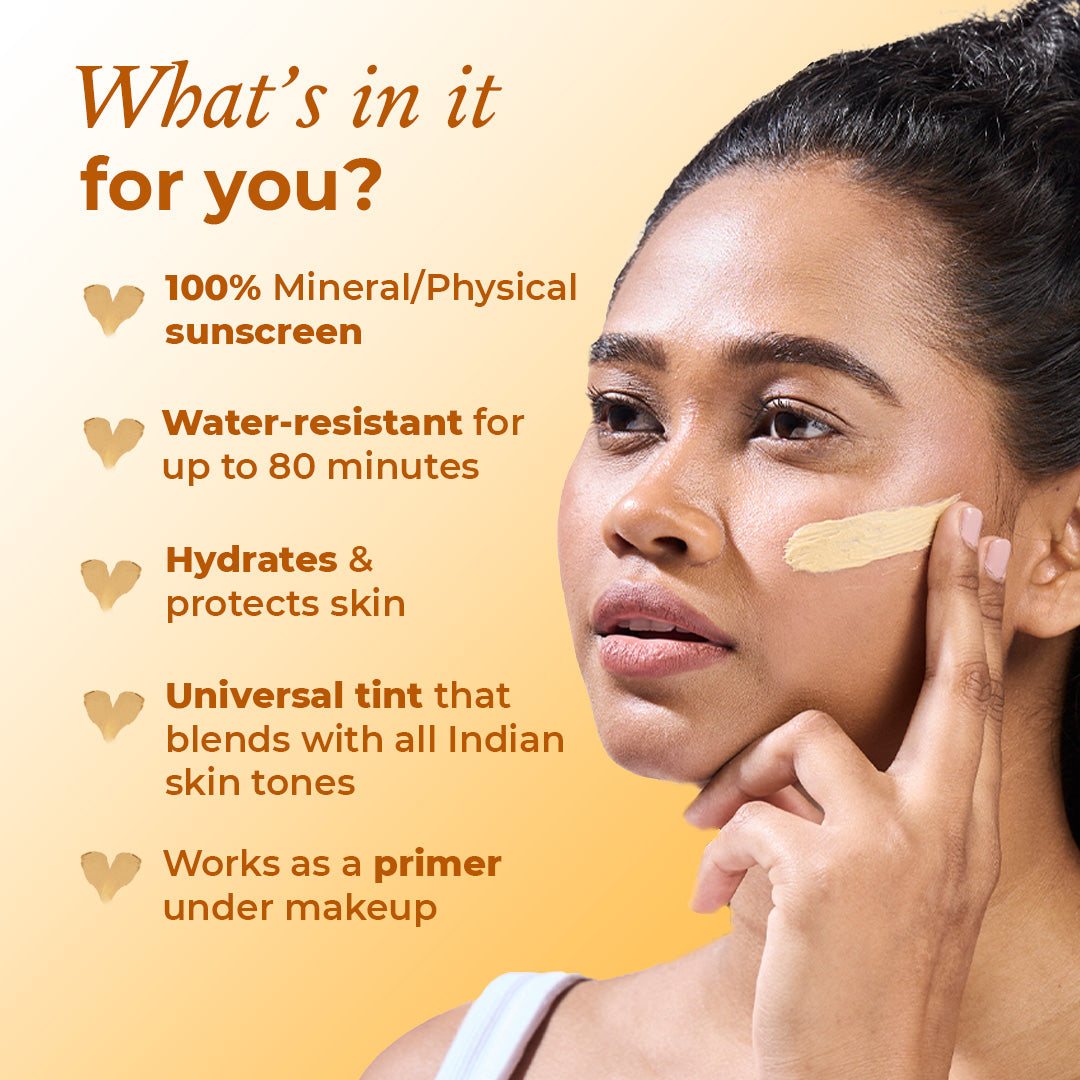
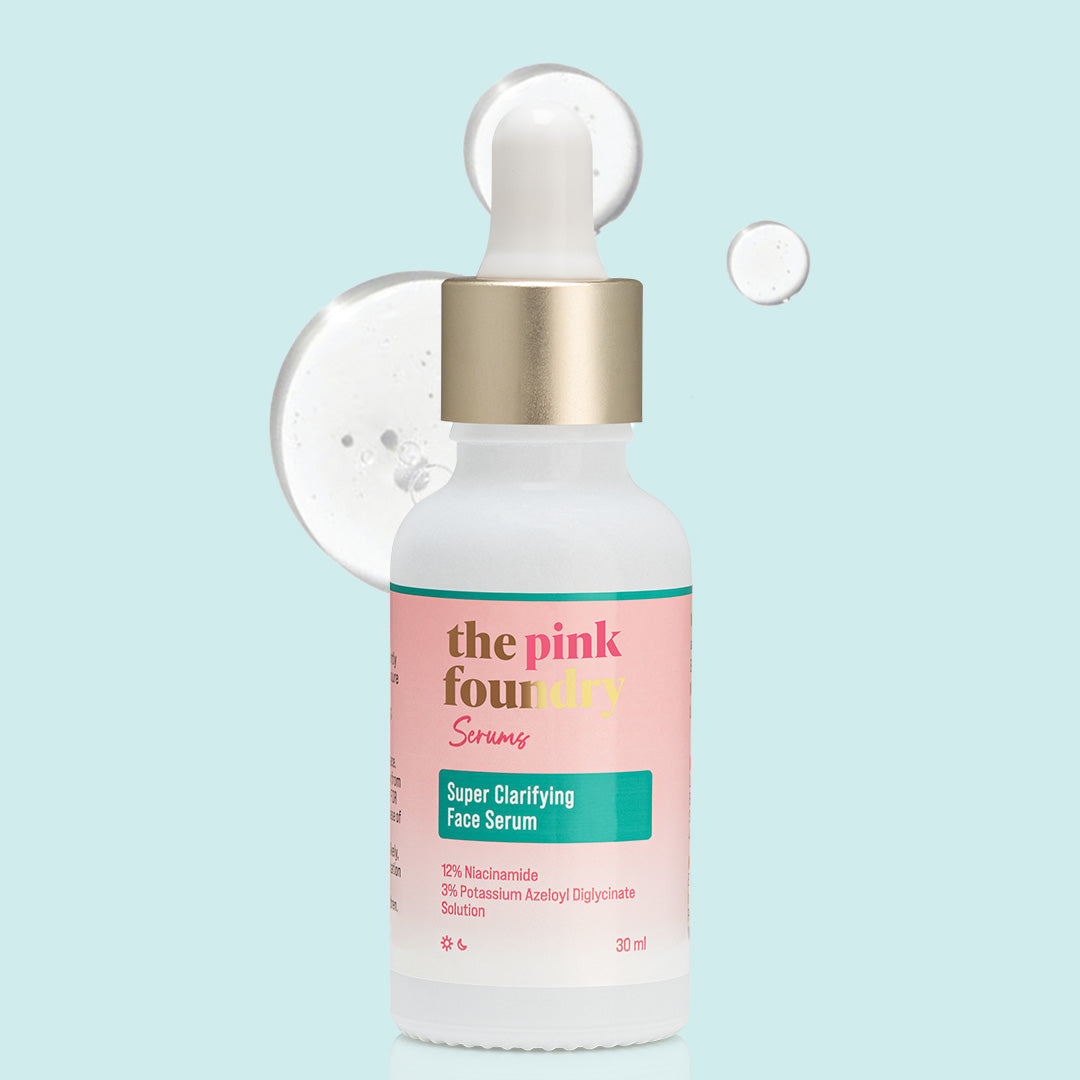
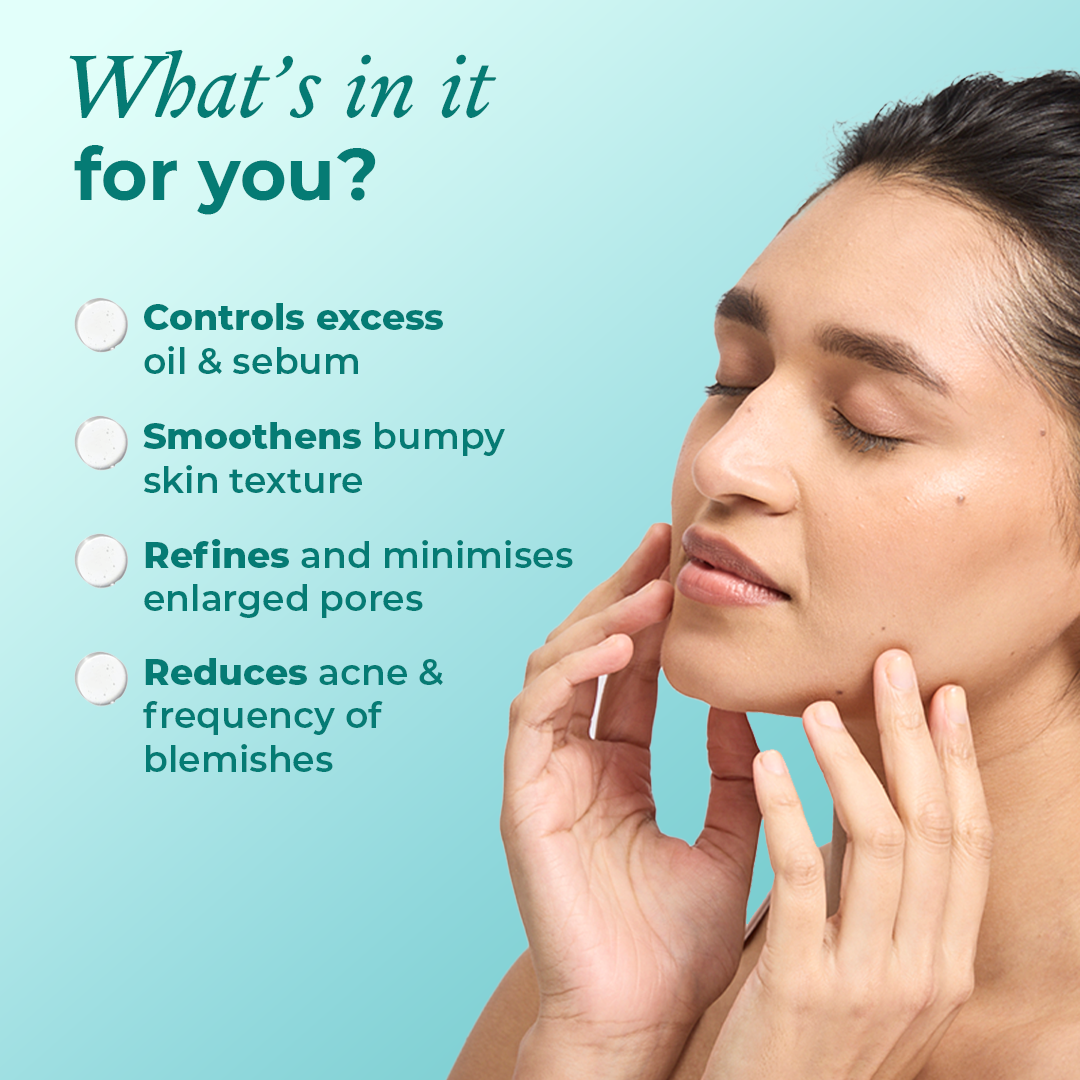

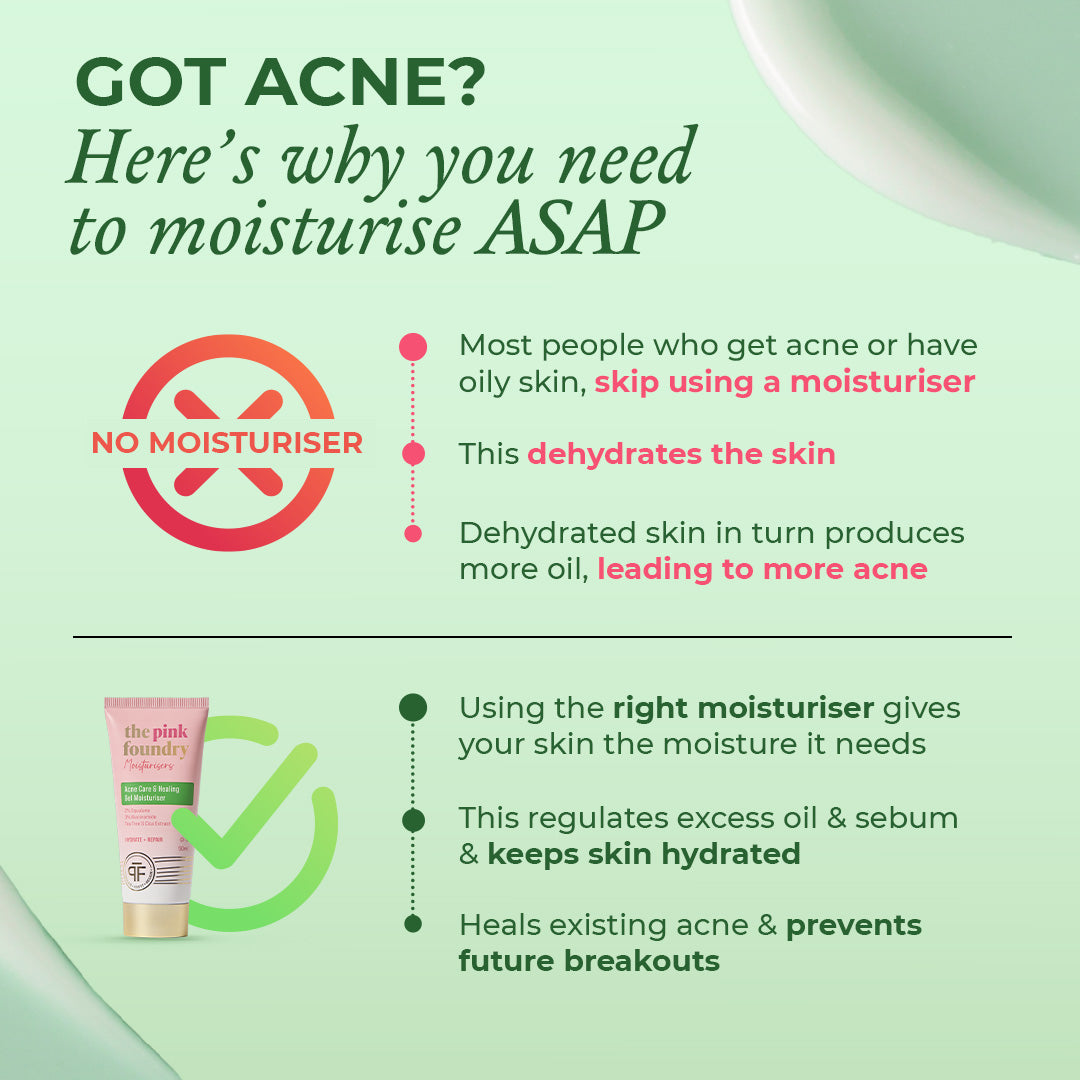
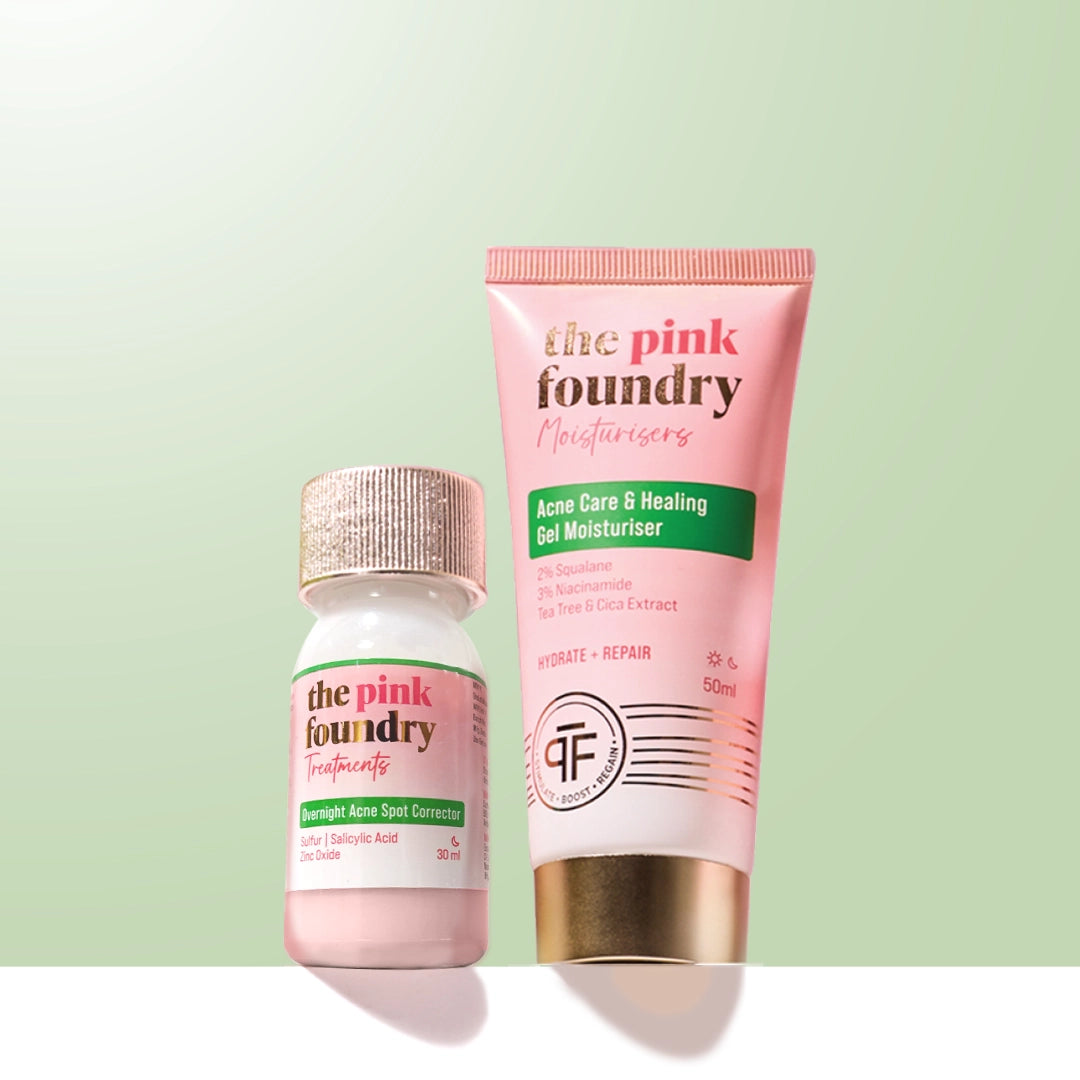
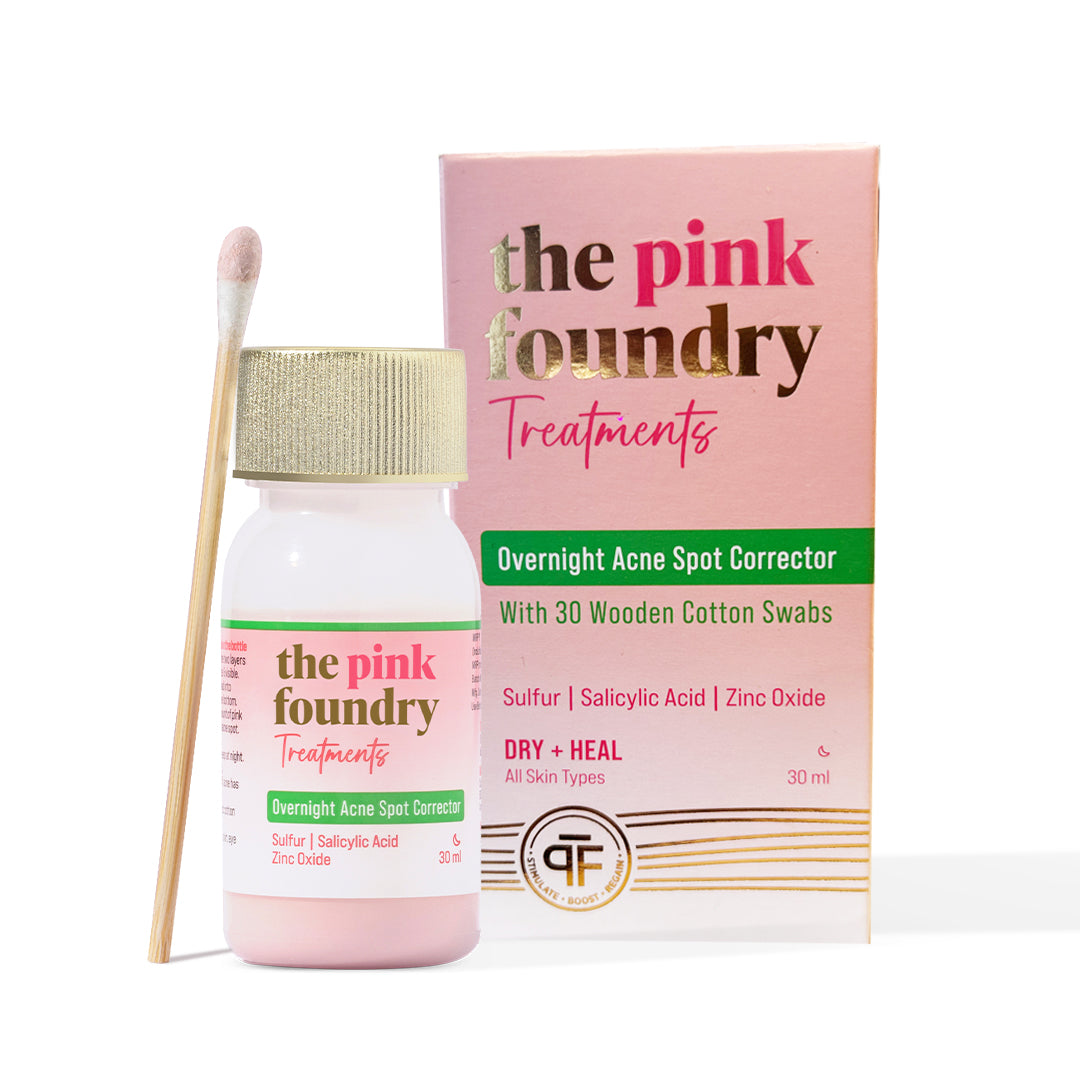
Leave a comment
This site is protected by hCaptcha and the hCaptcha Privacy Policy and Terms of Service apply.